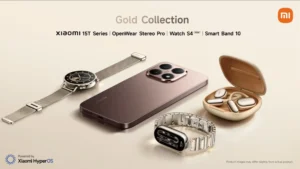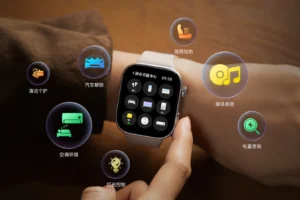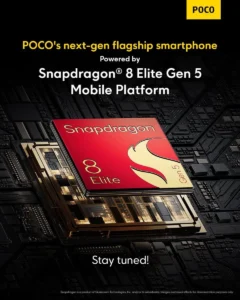Does the iPhone 17 Threaten Xiaomi’s Reign? How the Xiaomi 15 Stands Tall and What to Expect from Redmi and POCO
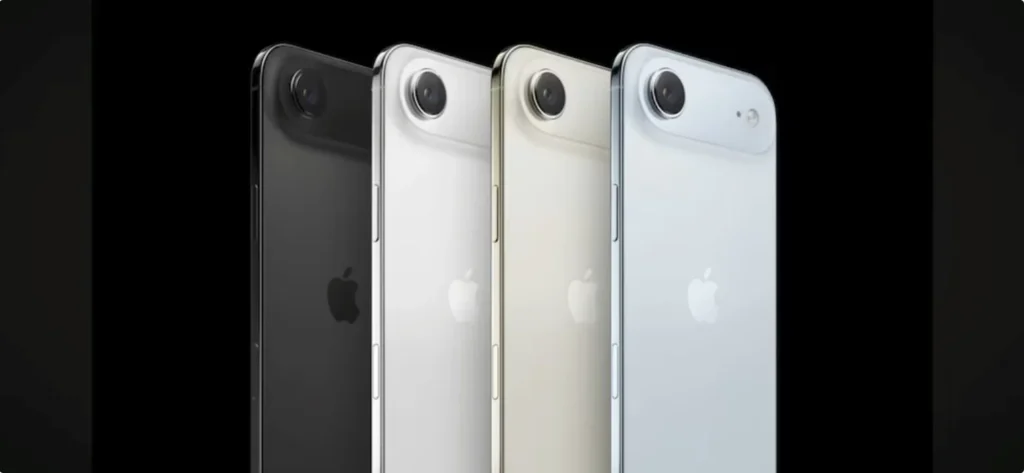
The launch of the iPhone 17 has sent shockwaves through the smartphone industry, placing Apple back in the limelight with its ultra-slim design and cutting-edge technology. But Xiaomi, known for its unbeatable price-to-performance ratio, isn’t backing down. With the recent release of the Xiaomi 15 and the ongoing expansion of its sub-brands, Redmi and POCO, it’s time to ask: how does the iPhone 17 impact Xiaomi, and can the Xiaomi 15 hold its ground as a direct competitor?
In this article, we’ll explore the challenges facing Xiaomi, the role of the Xiaomi 15 as a contender, and the exciting surprises that may come with upcoming releases from Redmi and POCO. Get ready for a tech showdown that will keep you on the edge of your seat!
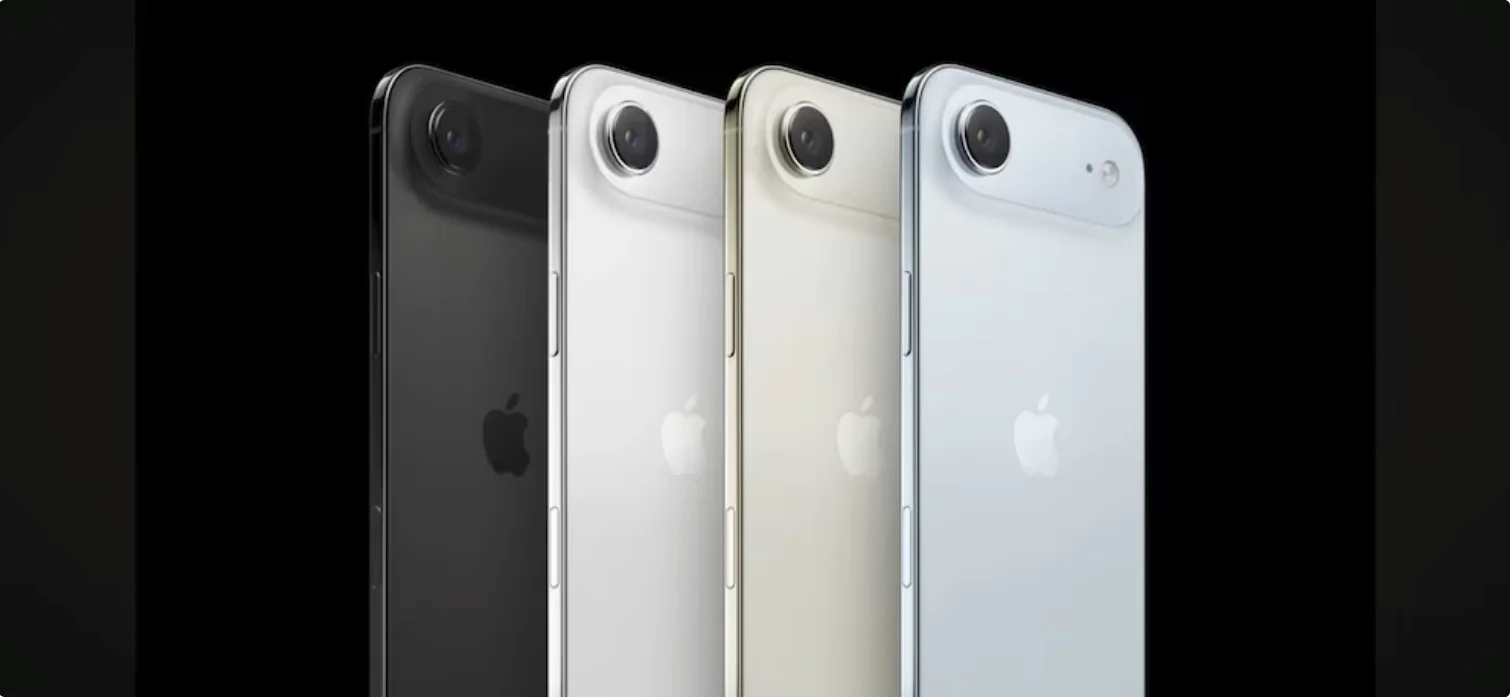
The iPhone 17: A Paradigm Shift or More of the Same?
The iPhone 17 arrives with promises that have stirred excitement. Leaks suggest that the iPhone 17 Air boasts an ultra-slim design of 5.5-6.6 mm, a horizontal camera module, and a 24 MP selfie camera. The series includes standard, Pro, and Pro Max models, all powered by the A19 (or A19 Pro) chip, featuring LTPO OLED displays with refresh rates between 1-120 Hz, Wi-Fi 7, and advanced 5G capabilities. Apple is also exploring a future without physical ports, relying solely on MagSafe and wireless charging, raising questions about battery life and durability. Is this a revolutionary leap or a risky move that could alienate practical users?
For Xiaomi, which surpassed Apple in global sales as of August 2024 according to Counterpoint Research, the iPhone 17 is not just a competitor but a direct challenge to its dominance in emerging markets and the success of the newly launched Xiaomi 15.
Xiaomi 15: A Direct Rival That Stands Its Ground
Launched on October 29, 2024, the Xiaomi 15 is a formidable contender. Equipped with the Snapdragon 8 Elite (3 nm), a 6.4-inch OLED display with 120 Hz and 3200 nits, and a triple camera system with a 50 MP lens optimized by Leica, this device is designed to compete in the premium segment. Its 5240 mAh battery with 90W fast charging and HyperOS 2.0 make it a robust option against the iPhone 17.
Direct Comparison
| Feature | Xiaomi 15 | iPhone 17 |
|---|---|---|
| Processor | Snapdragon 8 Elite | A19 |
| Display | 6.4-inch OLED, 120 Hz | LTPO OLED, 1-120 Hz |
| Camera | Triple 50 MP (Leica) | 48 MP main |
| Battery | 5240 mAh, 90W fast charging | TBD |
| Weight | 189 g | TBD |
| Price | €999 | $1199 (estimated) |
Performance: The Snapdragon 8 Elite in the Xiaomi 15 exceeds the A19 in benchmarks like GeekBench 6 (3053 single-core, 9261 multi-core), delivering exceptional performance for gaming and multitasking. While the iPhone 17 is optimized with iOS, it may lag behind in raw power.
Cameras: The Xiaomi 15’s 50 MP Leica camera with Floating Macro mode offers photographic versatility that rivals the iPhone 17 Pro, especially in macro shots and dynamic range. Apple’s 48 MP sensor, while impressive, may not match Xiaomi’s flexibility in various shooting conditions.
Design and Price: Although the iPhone 17 Air boasts an ultra-slim design, the Xiaomi 15, at 8.08 mm and 189 g, balances aesthetics and functionality with premium materials like glass and aluminum. Moreover, with a launch price of €999 compared to the estimated $1199 for the iPhone 17 Pro, Xiaomi maintains its edge in affordability.
Challenges for Xiaomi, Redmi, and POCO
The iPhone 17 presents several challenges for Xiaomi:
Ultra-slim Design: The iPhone 17 Air has put thinness at the forefront. While Xiaomi has experimented with slim models like the Mi 6X, Redmi and POCO usually prioritize larger batteries and performance over aesthetics. Competing in this arena without sacrificing their core values will be a challenge.
Premium Segment: The iPhone 17 Pro and Pro Max target the luxury market, where Xiaomi is gaining traction with the Xiaomi 15. However, Apple’s brand perception remains a hurdle, especially in Western markets where status matters.
Technological Innovation: Apple’s move towards a portless ecosystem may pressure Xiaomi to accelerate its wireless charging technology, HyperCharge. Additionally, Xiaomi’s compatibility with the Apple ecosystem, such as file transfers similar to AirDrop between the Xiaomi 15 Pro and Apple devices, shows an effort to attract iPhone users, but it requires further investment.
Mid-range Market: Rumors of a more affordable iPhone 17e could directly compete with Redmi and POCO, which dominate this segment with models like the Redmi Note 14 and POCO X7.
What to Expect from Upcoming Xiaomi Releases
Xiaomi isn’t going to sit idly by. Upcoming releases from Redmi and POCO, alongside the Xiaomi 16, promise to respond robustly to the iPhone 17:
Redmi Note 15 and POCO X8: The Redmi Note 15 series is expected to launch in 2025 with either the MediaTek Dimensity 9300+ or Snapdragon 8 Gen 4, AMOLED displays with 120 Hz refresh rates, and 5000 mAh batteries with 120W charging. POCO, focused on gaming, might release the POCO X8 with improved cooling and GPU performance, perfect for competing against the iPhone 17.
Xiaomi 16 Pro Max: Slated for 2025, this model is expected to include the SmartSens 590 50 MP sensor, featuring LOFIC 2.0 technology for superior dynamic range and QPD focusing, directly challenging the iPhone 17 Pro in photography.
Innovative Design: Xiaomi may explore an ultra-slim device in its Mix series, featuring flush cameras and bezel-less designs, responding to the iPhone 17 Air without compromising functionality.
HyperOS 2.0 and Connectivity: The next update to HyperOS will enhance customization and efficiency, while adopting Wi-Fi 7 and advanced 5G will keep Xiaomi competitive.
The Xiaomi 15: A Weighty Contender
The iPhone 17 is undoubtedly a challenge, but Xiaomi is well-positioned to respond. The Xiaomi 15, with its power, Leica cameras, and competitive pricing, stands as a direct rival, especially in markets where value is paramount. Redmi and POCO, with their focus on mid-range and gaming, will continue to dominate emerging markets, while the Xiaomi 16 promises to elevate the stakes in photography and design. Apple may lead in prestige, but Xiaomi is proving that a shiny logo isn’t necessary to win the smartphone war. Are you ready to see how Xiaomi redefines the game in 2025?
